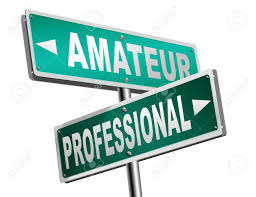Amateur tattoo removers can be found everywhere and they regularly and knowingly burn and scar people’s skin. They might have good intentions but they use inferior equipment and don’t have any qualifications or training. They are mainly interested in making money on the side of their existing tattoo business or beauty parlour business.
o If your body is not suitable for laser treatment because of past or current medical conditions they won’t know because they don’t have relevant medical knowledge of laser/skin interactions.
o If they encounter a problem with your skin or treatment they have no idea how to move forward.
o If they have trouble removing your tattoo they will just apply more heat to the area.
o If your tattoo is not disappearing they will just keep having you back, paying for more sessions (knowing that their laser is not powerful enough to remove the deeper ink).
Amateur laser removers use cheap thermal lasers that anyone can buy on the internet. They cost around £300 - £500 and only have one wavelength which is suitable for black ink only.
It’s amateur removers who spread the awful myth that,
“coloured ink is really difficult to remove”
The truth is – it isn’t difficult to remove at all! And it’s actually easier to remove colour than black when you have the right laser.
If a laser is built to only detect and treat black ink then, of course it’s difficult for it to treat coloured ink.
Thermal lasers can cause serious blistering and burns to the skin when badly applied and overtreated by untrained operators.
Amateurs might be cheaper than professionals but would you really want to swap your unwanted tattoo ink for unwanted scar tissue?
(Someone told me recently that she doesn’t like reading my blogs because the ‘pictures make her squeamish’. So readers, I have spared you the pictures of huge blisters and badly burned and scarred skin).
But, you get the picture.
Please ‘like it’ if you liked it. Thank you, it means a lot!






















